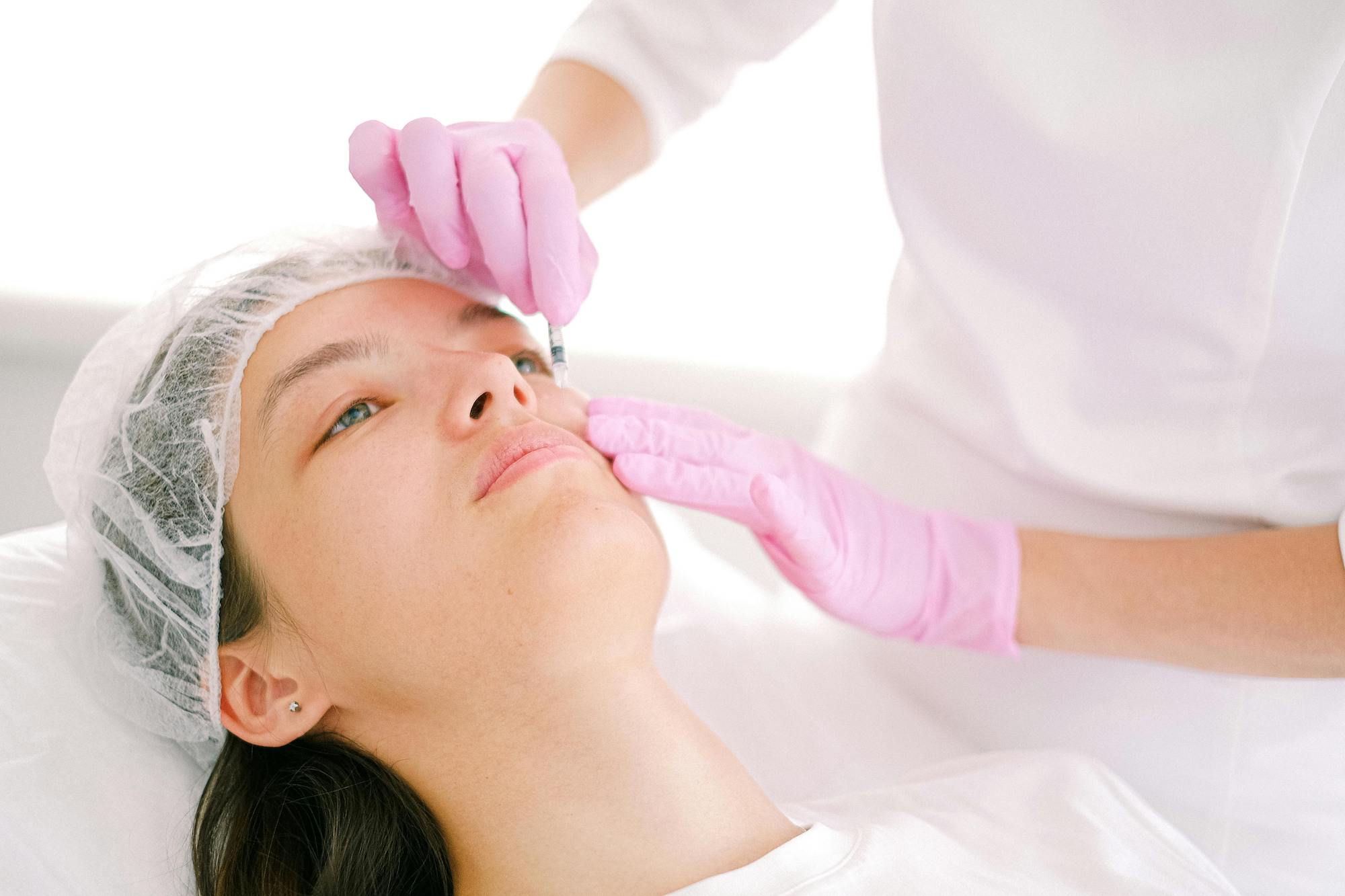How to Add Facial Aesthetics to Your Dental Practice

Recently, there’s been a noticeable trend of dental practices adding medical and facial aesthetics services. This strategy meets the evolving demands of patients, but can also boost revenue growth. Learn more about a few considerations and steps to take to add facial aesthetics to your dental practice.
And, you can listen to Skytale’s Greg Mahoney share his expertise on this topic in our latest podcast episode here:
Beyond the Smile: The Intersection of Dentistry and Aesthetics
Why Dental Practices are Adding Facial Aesthetics
The integration of medical aesthetics and dental practices is a natural fit for several reasons.
Offering facial services like neurotoxins (Botox) and fillers can be a responsible extension of a dentist’s skill set. Many dentists are leaning toward “dental aesthetics,” which uses dental services to enhance a person’s smile and appearance. So they’re well-positioned to begin speaking with patients about additional enhancement options. And they’ve already established trust with patients, who might be more inclined to seek out services from their regular dental practice than a strange new facility.
Medical aesthetics can help patients with paint points, too. Botox has become a more common solution for things like TMJ, migraines, and toothaches. In addition to cosmetic treatments, offering these services could provide another avenue for you to relieve patients’ pain.
Medical aesthetics is also lucrative. This expansion can significantly boost revenue streams for dental practices. A study by the American Dental Association shows that dental practices have a $478 billion economic impact annually. And according to the American Med Spa Association (AmSpa), the medical aesthetics industry is worth $15 billion and rapidly growing. Together, they make a powerful combination.
Which Facial Aesthetics Services to Start With
When venturing into facial aesthetics, it’s smart to start with services that align with your practice’s expertise and patient demographics. Injectables like neurotoxins and fillers can be a good point of entry due to their popularity, profitability, and straightforward administration. We consider injectables a gateway service toward other medical aesthetic treatments. If you begin here, you can start providing full facial consults to clients and eventually expand your services if there’s demand.
“If I’m a dentist considering offering medical aesthetics, where do I start?” says Greg Mahoney. “The gateway is injectables. But even before that: evaluating if this is something my patients. Start with patients’ wants and needs; have those conversations before so you have fantastic results.”
How to Finance New Services
Expanding into facial aesthetics takes financial consideration. Investing in inventory, square footage, and new staff can quickly add up. Jumping in with a lot of debt is risky, so again, start with those gateway services like injectables. You won’t need to invest a great deal of capital into equipment or space in order to add them. Later on, you might consider adding a laser, which is a more considerable up-front investment, but can offer better margins down the road.
Track key performance indicators (KPIs) like patient conversion, revenue by provider, revenue by hour, and revenue by procedure. Knowing these KPIs can help you scale without breaking the bank by investing in the most profitable services and providers.
Also, since medical spas typically operate on a private-pay model, dental practices should expect shifts in revenue compared to traditional insurance-based dentistry.
Who to Hire and Train as Facial Aesthetics Staff
When adding facial aesthetics to your dental practice, you’ll need to bring in a physician or medical director. The dentist usually can’t run this program, due to both time and legal constraints. So it’s paramount to find a good partner to oversee these services. That director will probably need to have either full ownership or at least 51%. Check your state’s specific guidelines to make sure you’re compliant.
If the program gains traction and you’re getting a lot of volume, consider hiring a full-time injector dedicated to these services. They might be a physician assistant (PA) or nurse practitioner (NP). Having this manpower will help you scale.
Administrative staffing will look more like what your dental practice is used to. It’s similar to launching other auxiliary services, like Invisalign or sleep apnea treatment. You build screening protocols to find good patient candidates. And you teach your staff how to get involved and help sell. You can delegate the medical aesthetics administrative duties to your current dental admin team and hire more staff if you need to. In fact, you’ll be adding to what the American Dental Association estimates to be 2.5 million U.S. dental industry jobs per year.
How to Follow State Compliance Guidelines
Navigating state regulations and licensing requirements is critical when expanding into facial aesthetics. You’ll want to conduct thorough research to understand the legal implications and compliance. Guidelines will probably only become more stringent in the future. Also keep in mind that your current coverage might not extend to these new services.
“Right now, a lot of dentists see investment into the medical aesthetics space as a fantastic way to get a return on their money,” says Greg. “I think that in the future, when it comes to dentists being involved in the space, there will be more instruction on what they can do and can’t do. It will take 5 years or more for that to be more built out.”
Join Skytale’s Dental Clients Looking to Grow and Scale
If you’re exploring adding facial aesthetics to your dental practice, you’ve come to the right place. Skytale Group is helping the 25% to 35% of our dental clients who are asking about this new business opportunity. And your practice could be next. Contact us today to learn how we can help you get your finances in order and grow your practice.

